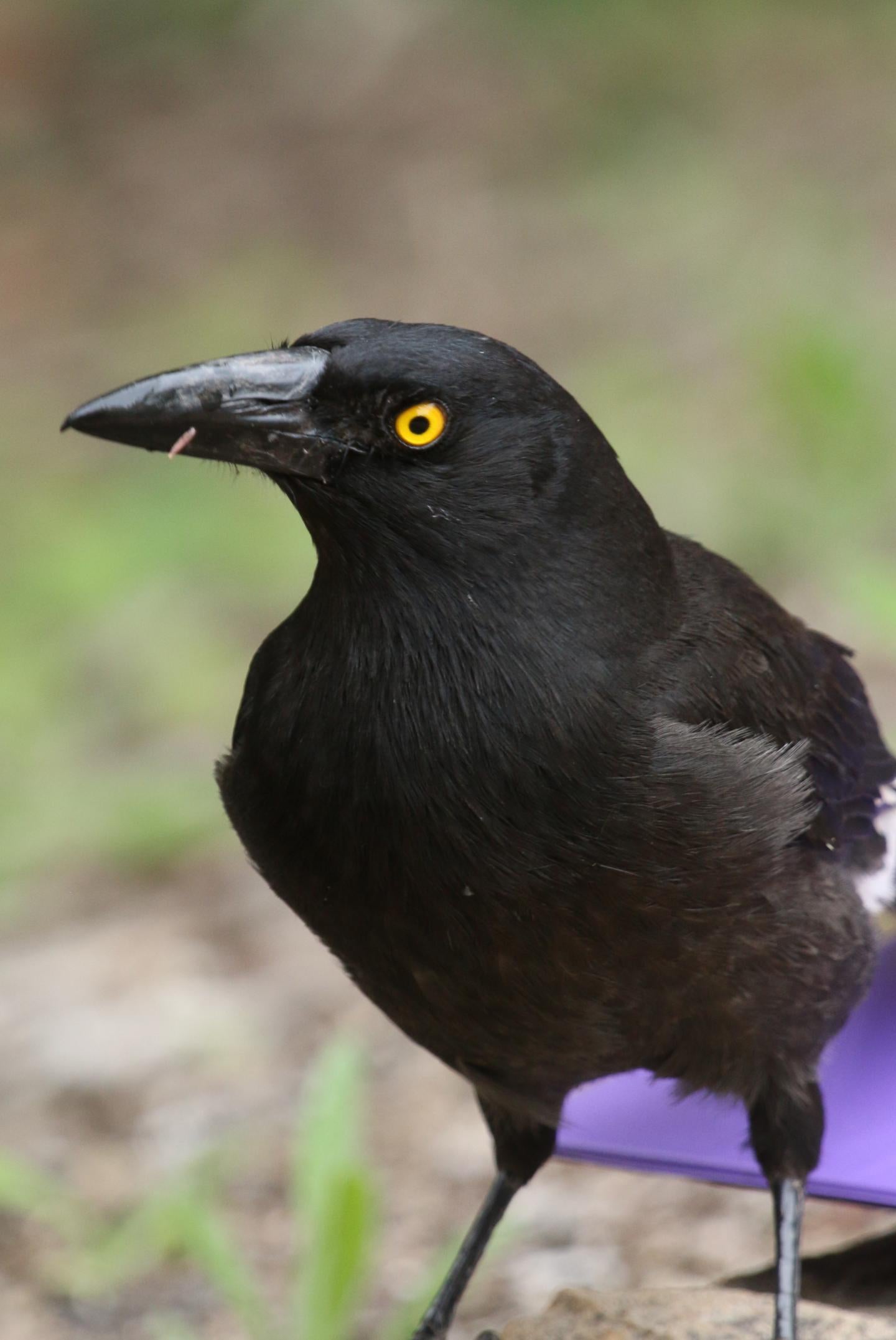A tiny bird in Australia has been spotted using fake hawk alarm calls to scare threats away from their nests to protect their babies, shedding more light on deceptive sounds used by animals to defend against predators.
The brown thornbill is a small bird weighing only about seven grams (0.25 oz).
It uses deceptive vocal mimicry to defend its offspring against the large predator pied currawongs, which are about 40 times larger than the thornbill.
They were specifically found mimicking the chorus cacophony of alarmed birds against hawks to create fear among predators.
This adaptation seems to capitalise on the behaviour among several animals to eavesdrop on other species’ alarm calls to gain information about danger.
Researchers from the Australian National University found that the thornbills give deceptive “hawk!” alarm calls.
These calls are both their own, and a mimicry of other species when their nest is attacked by the much larger pied currawongs.
In the new study, published in the journal Biology Letters, scientists recorded and analysed these calls.
They specifically tested whether the deception tactics work by exploiting the predator’s natural response to alarm calls, and what role mimicry plays.

Researchers found that playback of these specific alarm calls fooled currawongs into scanning for danger or flying away as if they were responding to flying hawks.
“Thornbills give their own and mimetic aerial alarm calls when defending nestlings against currawongs, who are fooled into scanning for danger or flying away,” scientists wrote.
Such a response from the predator bird could give the thornbill chicks a chance to escape, they say.
“Currawongs were more likely to flee, and delayed feeding longer, after playback of purely aerial compared with purely mobbing alarm choruses,” researchers say.
The tiny bird carefully mimics the illusion of a chorus of alarmed birds – a reliable cue of extreme danger – and the deception exploits the currawong’s fear of flying hawks.
Since the thornbills are tiny, it is difficult for them to mimic vocalisations of hawks themselves, which are hundreds of times larger.
Hence, they seem to be limiting themselves to mimicking the chorus of hawk alarm calls given by much smaller local bird species.
And since hawks are also usually silent when hunting, the alarm calls of local birds may be the most effective sound creating an illusion of a hawk's presence, scientists say.
“Mimicry likely creates an illusion of a multi-species alarm chorus,” they noted.
The study, researchers say, is the first experimental demonstration of deceptive alarm calls being used by birds to fool nest predators.
Influencer sparks outrage after taking baby wombat from its mom
Father and son hope to break world record in year-long cycle around the world
Asian shares decline despite rebound on Wall St as investors await next steps in trade wars
Surprise find at ancient temple could complete century-old puzzle
Naples has been hit by an earthquake - where else is at risk this summer?
Million-year-old face fossil sheds new light on ancient human migrations







